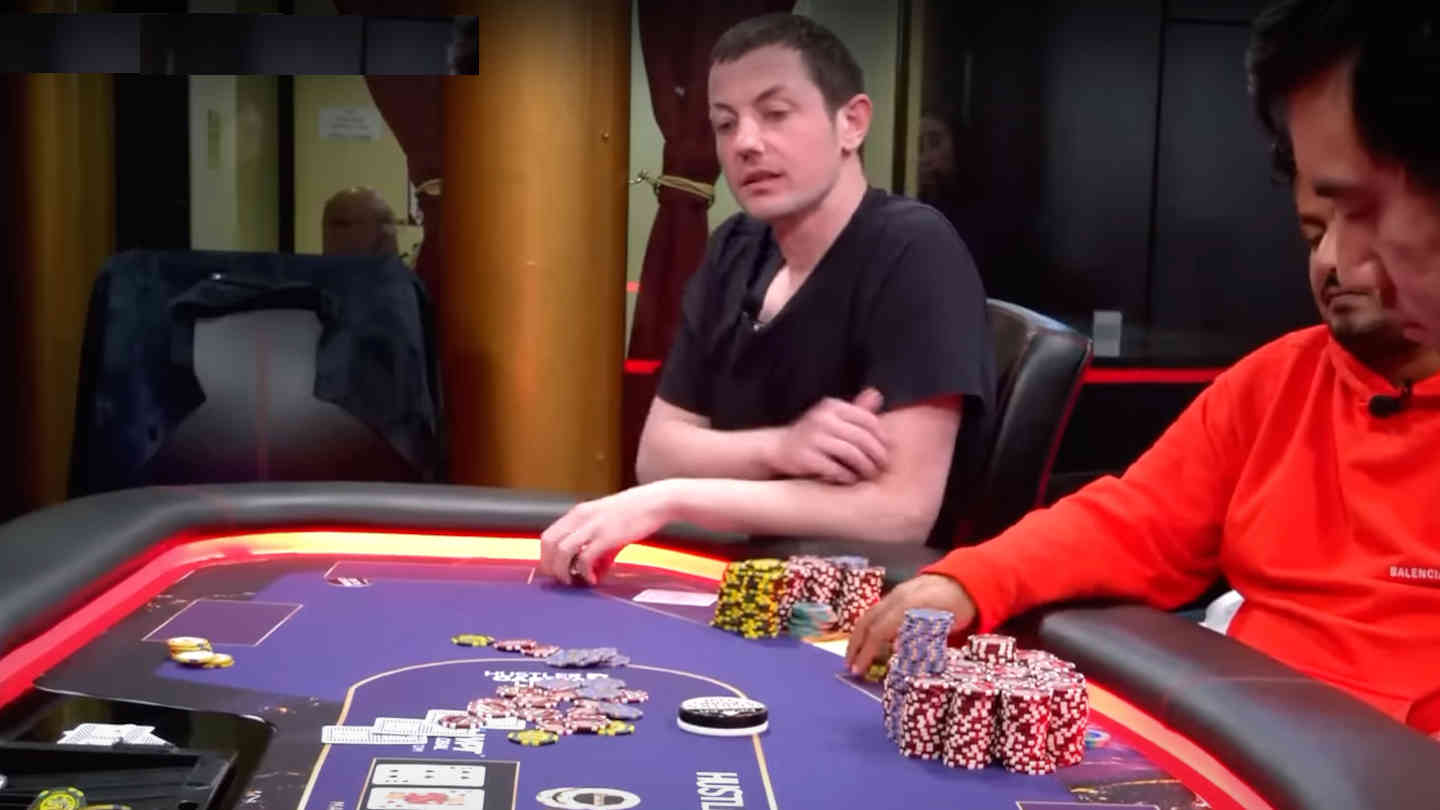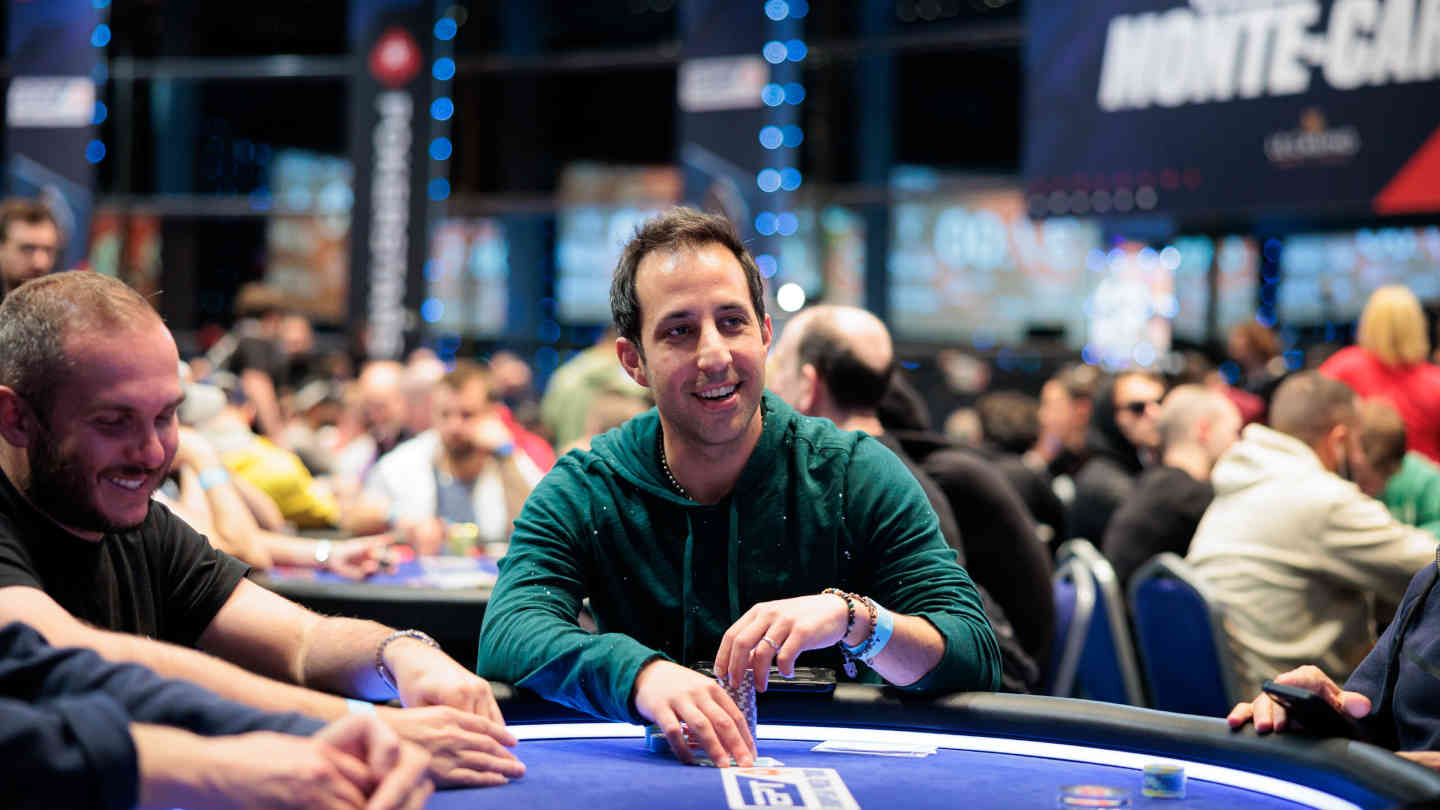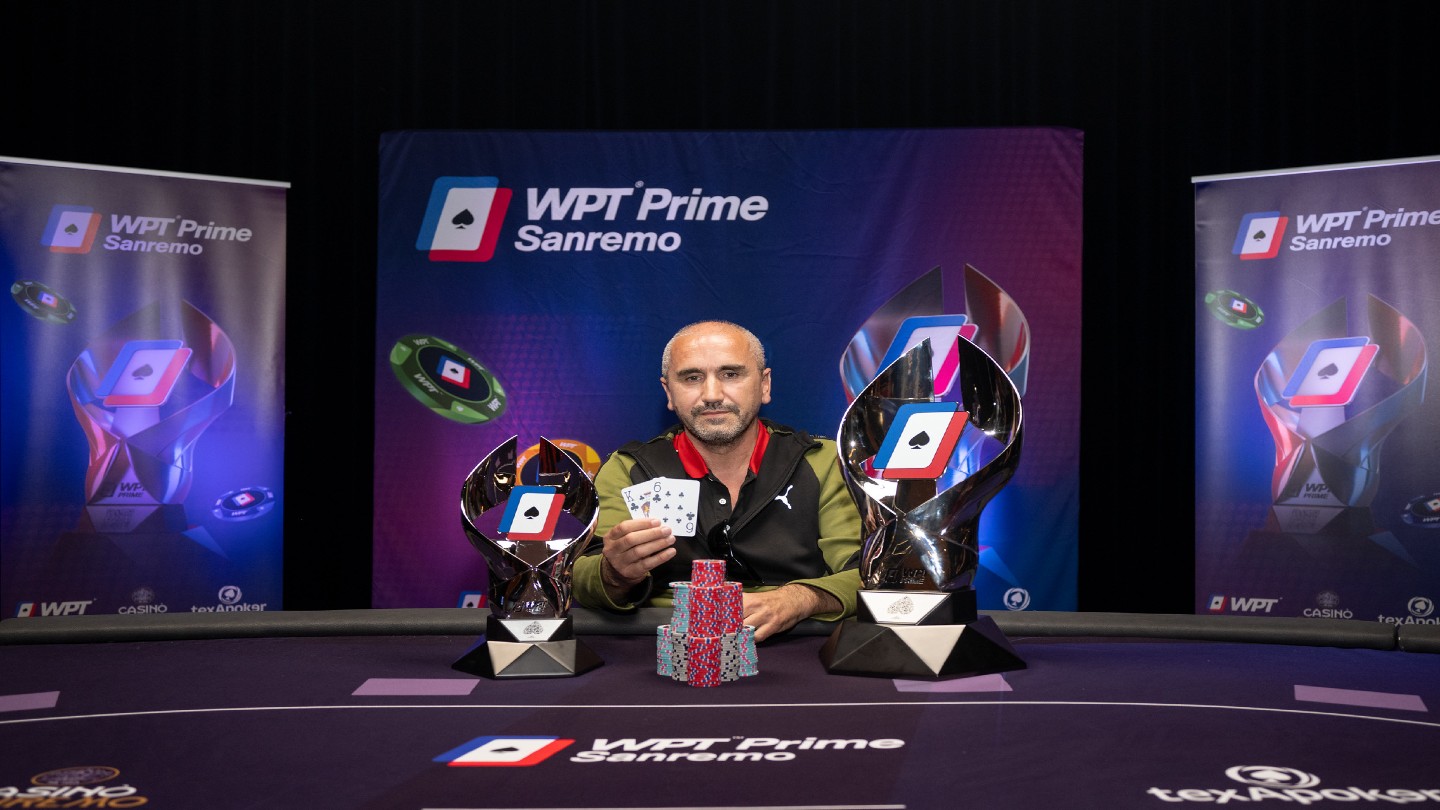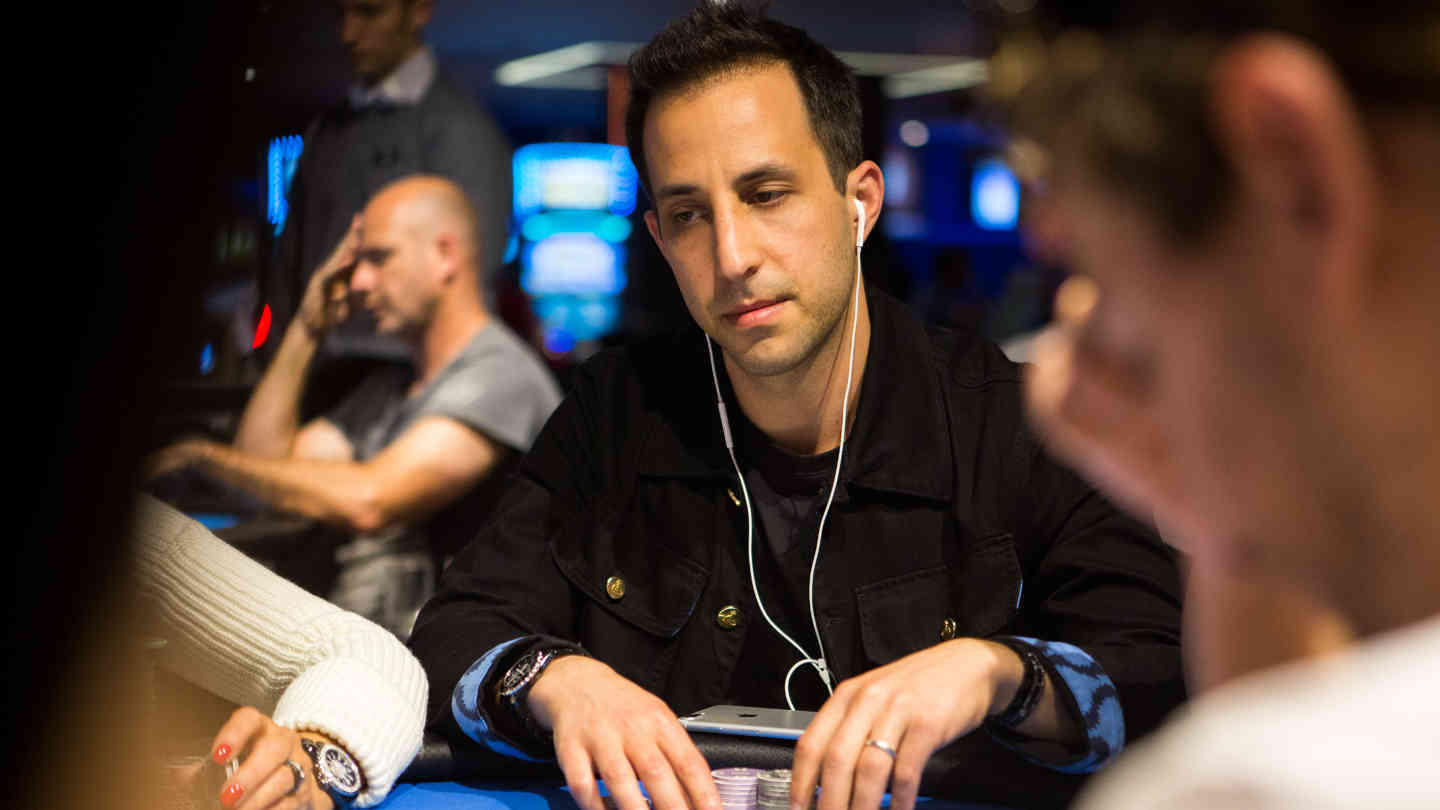When & Why to Use a Large Continuation Bet Sizing
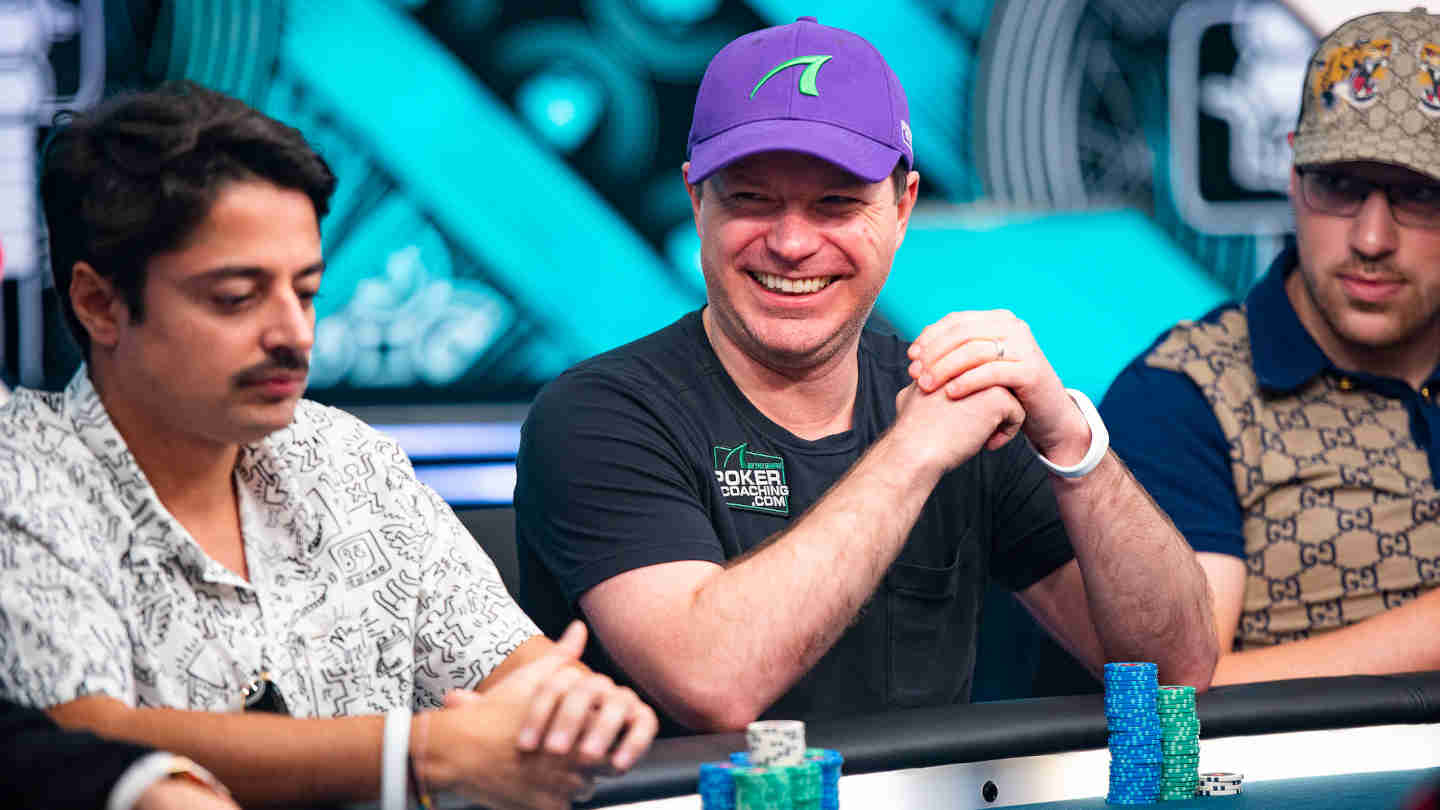
6 minutes
Last Updated: May 23, 2024
If you want to increase your edge at the tables even further, make sure to check the Pokercoaching training site.
—
There is no denying that poker used to be easier. Back in the day, all you had to do to win was raise frequently before the flop, continuation bet about one-third of the pot almost every time, and your opponent would fold about half of the time.
The math is easy with the above example. When this approach works, you’re able to print money without breaking a sweat!
Unfortunately, things have changed. People have become better at poker, and they’ve come to realize that they can’t be folding to small c-bets all that often. This forces you to play a strategy that is much more fundamentally sound when facing solid opposition.
For your continuation bets to be effective, you need to be much more flexible in this day and age. In this article, we’ll focus on finding good spots to put the maximum pressure on your opponents by using big sizes and the types of hands you’ll want to use.
Big C-Bet Fundamentals
Before looking at some hand examples, let’s first look at some general rules that apply to large c-bet situations. Understanding these is essential to understanding why this particular approach can be very effective if you pick your spots right:
- The better the board for your range, the higher your c-bet frequency should be – the frequency of your continuation bet increases with your range advantage on a particular texture.
- The bigger the nut advantage, the bigger the size you should use – if you have more nut hands in your range than the opponent, you should be inclined to bet bigger.
These are the two main principles that will help you determine whether using a huge continuation bet size is warranted. If we narrow this further, these are the types of boards that will usually be prime candidates for big sizes.
Betting Big on Dynamic Boards
The term ‘dynamic boards’ is used to describe textures that are likely to change in the future (i.e., containing a lot of draws). In these spots, you want to use a big size right away before any of those potential draws arrive.
Here’s an example. Playing from a 40 big blind stack, we open 2.2x with J♠9♠ from an early position and only the big blind calls. The flop comes 8♣7♠3♦.
Once the opponent checks, this is a spot where we definitely have plenty of hands that are good enough to get in for 40 big blinds, primarily over-pairs.
Right now, there aren’t many strong combinations the big blind could have, but this board can change quite significantly on the turn. Thus, with over-pairs, we’ll want to use a big c-bet sizing to try and win the pot straight away.
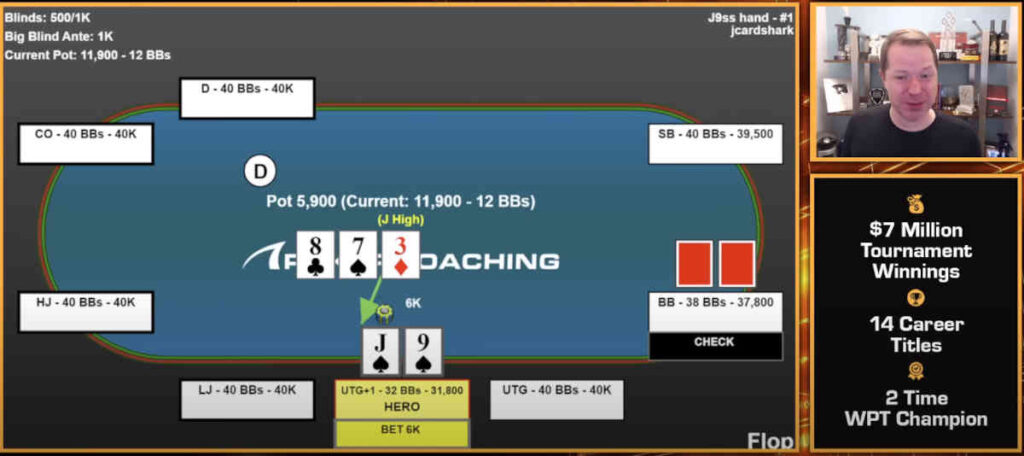
Since we have the range advantage, even though we don’t have an over-pair in this particular instance, we want to bet big, using a pot-sized bet. In addition to our over-pairs, hands like J9, JT, and even QJ with a backdoor flush draw are good candidates for a big c-bet.
This approach has a couple of advantages. Your opponent will frequently fold to a big bet (as opposed to calling a smaller sizing and leaving you to guess as to what is the best thing to do on different turns).
Secondly, when you use a big size, they’ll jam on you far less often. Our range in this spot is somewhat polarized, so they’ll be less likely to shove with a hand containing a single pair.
Playing Deep Stacked
When you are in a very deep-stacked situation, starting with large continuation bets allows you to build the pot and potentially stack your opponent with your premium hands.
You’ll never achieve this goal using smaller sizes. Thus, in scenarios with deep stacks, you’ll want to use huge sizes sometimes to get the maximum value.
Let’s look at an example with 100 big blinds. We open 3x with J♥10♥, and once again, only the big blind calls. The flop comes A♥Q♠7♣.
Once again, this is a board where we have both a big range and a big nut advantage. We have sets, two pair hands, several gutshots, and some backdoor flush draws to boot. So, it is a spot where we want to bet frequently, and because we are deep, we want to bet big.
We bet the full pot, and the opponent calls. When they call, they’ll have a lot of aces, queens, and, less frequently, some 7s and draws.
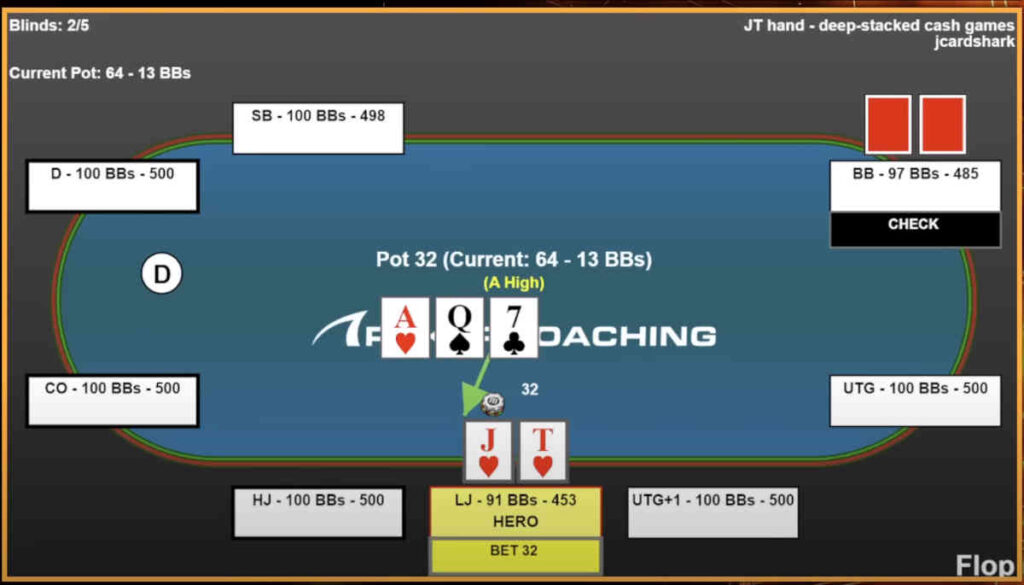
With all that in mind, we won’t be barreling the turn all that often unless we pick up some additional equity. In this particular spot, the turn comes K♠, giving us the nuts.
Once the opponent checks, we want to continue betting big. The goal is to get stacks in by the river, so we bet over the size of the pot – 22 big blinds into 19. Opponent calls once again, and this is good news, as they’ll likely have a lot of two-pair hands that they won’t be able to get away from.
When the 5♣ lands on the river, and the opponent checks for one last time, we will be jamming this river. If the opponent has a strong hand, like two pair or better, they’ll likely call a big bet. If they only have an ace, they’ll probably fold to a smaller bet as well, so we want to go for the maximum value.
By betting big on the flop and the turn, we were able to get the stacks in by the showdown. If we used smaller sizes instead, we wouldn’t have had this opportunity, and we’d end up losing some value.
Exploiting Calling Stations With Big C-Bets
So far, we’ve discussed scenarios where your opponents aren’t doing anything apparently wrong, and we’re just trying to play fundamentally sound poker.
However, sometimes, you’ll come across players that are big calling stations. They hate folding as they feel someone’s always trying to get the better of them, so they tend to look you up with weak hands.
When you recognize these types of players, it’s time to forget about the balance, size up, and go for the maximum value with your big hands instead.
Here’s an example. We have 40 big blinds and open with 6♠6♣ from a late position. The big blind, who we have pegged as a calling station, calls, and the flop comes Q♠J♠6♦.
We flop a set, and the plan is to bet big on the flop and turn to set up the river shove. So we c-bet two-thirds of the pot on the flop, they call, and the turn comes 2♦.
We don’t have to bet too big on the turn since we want to keep them in, and we are only 40bb deep. So, another bet of about two-thirds pot accomplishes this goal.
When the river comes 7♣, and they check, we have an easy all-in. A calling station will look us up with a wide variety of hands, especially since all the draws missed, so we want to go for the maximum value.
Summary
To recap, there are three big areas where you can and should be using big continuation bet sizes in Texas Hold’em. These are:
- Dynamic boards
- When playing deep-stacked
- With your strong hands against calling stations
Implementing these strategies into your play will help you accumulate more chips in tournaments and cash games alike. Many players, especially at lower stakes, fail to use over-bets in favorable spots, so being one of the few who do it will significantly boost your win rates across the board.







